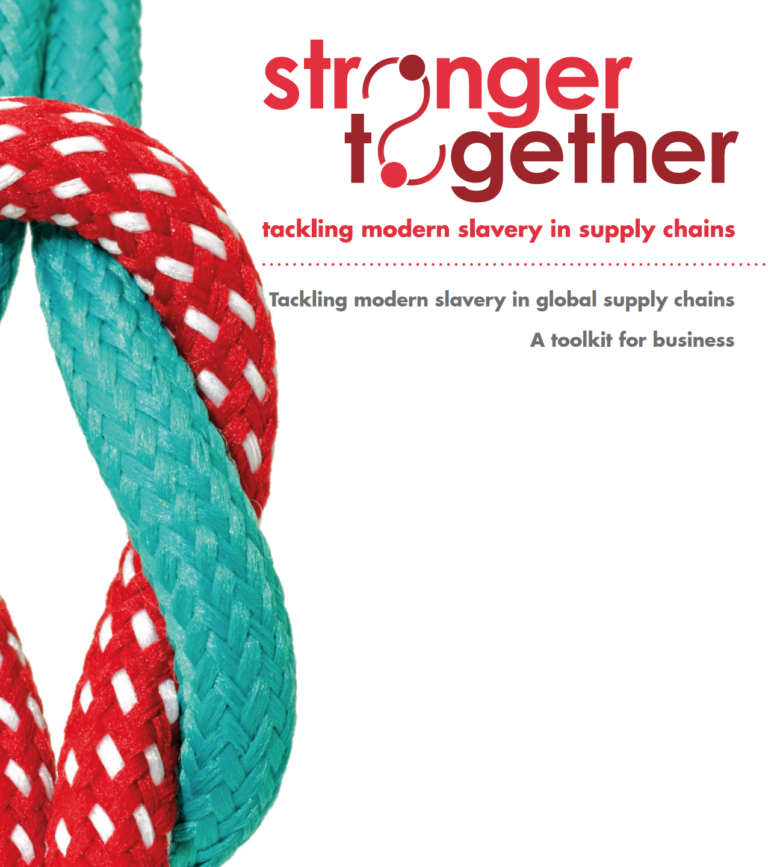Shared Space Under Pressure: Business Support for Civic Freedoms and Human Rights Defenders – Guidance for Companies
GuidanceThis guidance draws on over 90 interviews with company and industry associations representatives, responsible investors, civil society advocates, human rights defenders, as well as leaders of multi-stakeholder initiatives, academic experts, and gover...Read More

